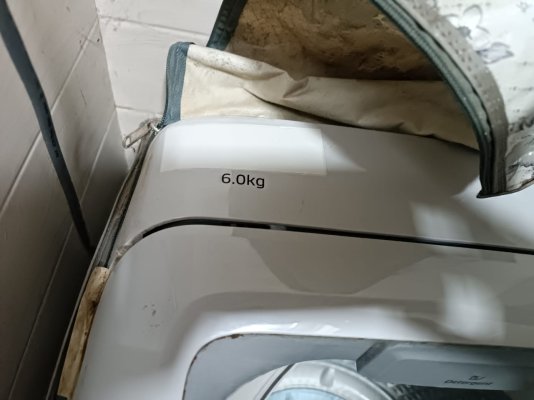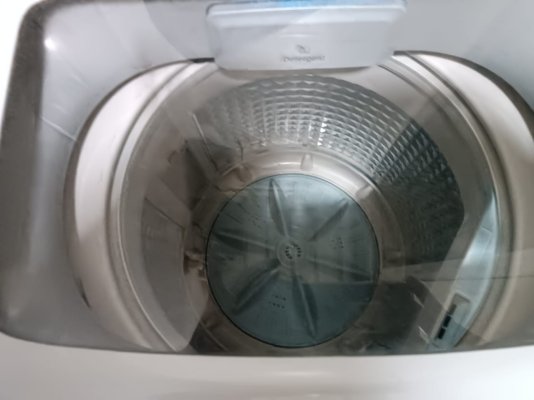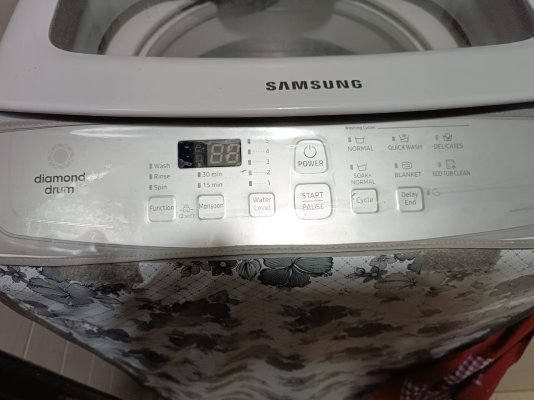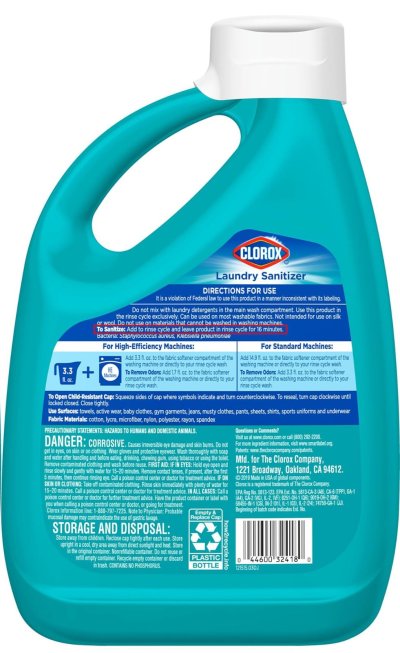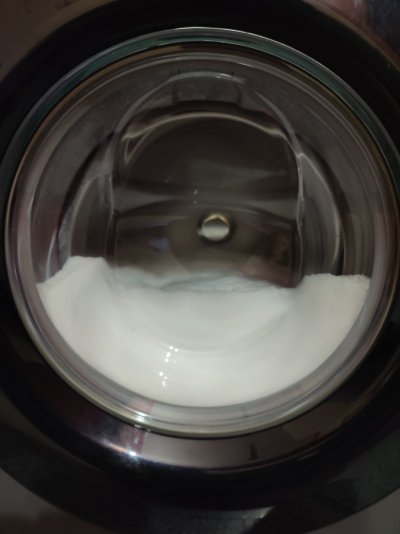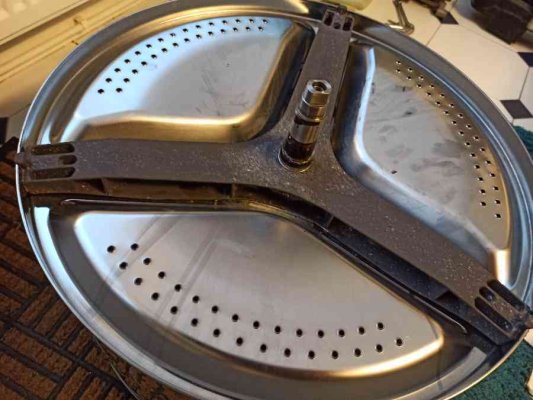I think one should use benzalkonium chloride sparingly it can cause some serious skin infection like granular parakeratosis although in small number of individuals.
https://www.dermatologyrepublic.com.au/skin-warning-on-laundry-sanitisers/1159
For laundry sanitisers, I would only use it if I detected a smell in wet clothes. After one use the smell is usually gone. So once a month if that is all I need with bath towels which tend to harbour smelly bacteria that regular detergent alone cannot tackle. Whereas in your links I assume people were using the sanitiser with every wash. The sanitiser is used in the last rinse so it will leave a residue in clothes.
Also in a top loader, there aren't many options to sanitise clothes besides using a laundry sanitiser or Vanish as wash temperatures aren't high enough. And with some clothes, you can't use a high temperature.
But laundry sanitisers were unnecessary, “and certainly not necessary for getting rid of covid”, Professor Nixon said.
Correct, just laundry detergent was good enough. But you do need them to handle bacteria & fungus.
Companies saw an opportunity to make a fast buck and confused the picture by saying their product fights covid.
Professor Nixon said people who were particularly concerned about germs may use higher quantities of sanitisers in the belief it would be more effective.
Follow the instructions on the bottle and don't overdose in the case of laundry sanitisers. The trick with laundry sanitisers or disinfectants isn't to use more but allow adequate dwell time. Give it enough time to disinfect. The last rinse in a front loader isn't long enough to sanitise clothes. That's why I pause the machine and give it a good twenty minutes to soak.
An alternative is to add some Vanish
powder to detergent
powder when washing clothes. It's an effective microbicide. Don't use Vanish liquid as it contains no oxygen bleach and cannot act as a microbicide.
Finally, you could opt to wash at 60 degrees which will use heat to sanitise. But some clothes might not be able to handle it. As a rule, I wash bedsheets towels and undergarments at 60 anyway,
With tub cleaning and Lizol, you aren't washing clothes but the machine. The Lizol gets used in the main wash, not like laundry sanitiser in the last rinse. Then there are a couple of rinses, so the risk is even lower here. Once every 40 washes isn't all that often either.
The general rule is if you don't feel well after then stop using the product. So far I've been fine.
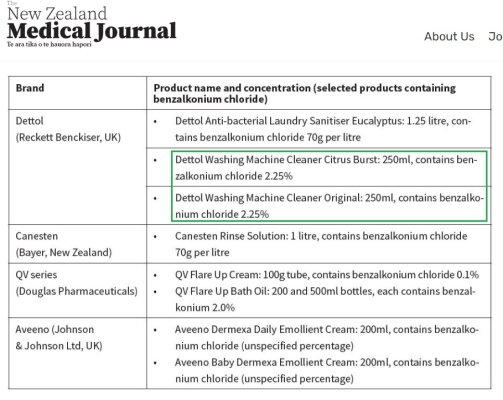
Very interesting. So Lizol substitutes Dettol's washing machine cleaner at a much lower cost. See how
expensive Dettol's cleaner is. It's a targeted product so a higher price is to be expected and you're supposed to use the full bottle in one go.
At Rs.500 a pop, who is going to use this product often as is required to clean machines? that's why this thread exists

In our series, all patients reported use of a laundry rinse containing BAC prior to development of the rash.
ok, just laundry sanitisers and not tub cleaners
the EPA limits BAC content to 3% in hair products and 0.1% in other cosmetics, such as hand-sanitisers.
Let's work out the concentration or recommended dose for a tub clean. We don't use these products neat. They are diluted with water.
60ml of 2.4584% BAC in Lizol in 5 litres of water for a Cottons 65 or 180ml in 15 litres of water for LG's tub clean works out to
0.03% BAC final concentration in the wash cycle.
60ml of 4% BAC in Dettol disinfectant in 5 litres of water for a Cottons 65 or 180ml in 15 litres of water for LG's tub clean works out to
0.05% BAC final concentration in the wash cycle.
Lizol is one-third and Dettol disinfectant is half that in hand sanitisers that you apply
directly to your skin. You will use hand sanitisers more often than once in three months, yes?
In a top loader, the final BAC concentration is lower still
250ml of 2.4584% BAC in Lizol in 50 litres of water works out to
0.012% BAC final concentration in the wash cycle.
250ml of 4% BAC in Dettol disinfectant in 50 litres of water works out to
0.02% BAC final concentration in the wash cycle.
Or half what we got in the front loader.
A mouldy machine is more likely to cause allergies in susceptible people than a clean machine. What do you choose?
People often blame detergents or other additives for causing these allergies but I bet a dirty machine is at the root of it. A washing machine is the dirtiest appliance you will ever own.



